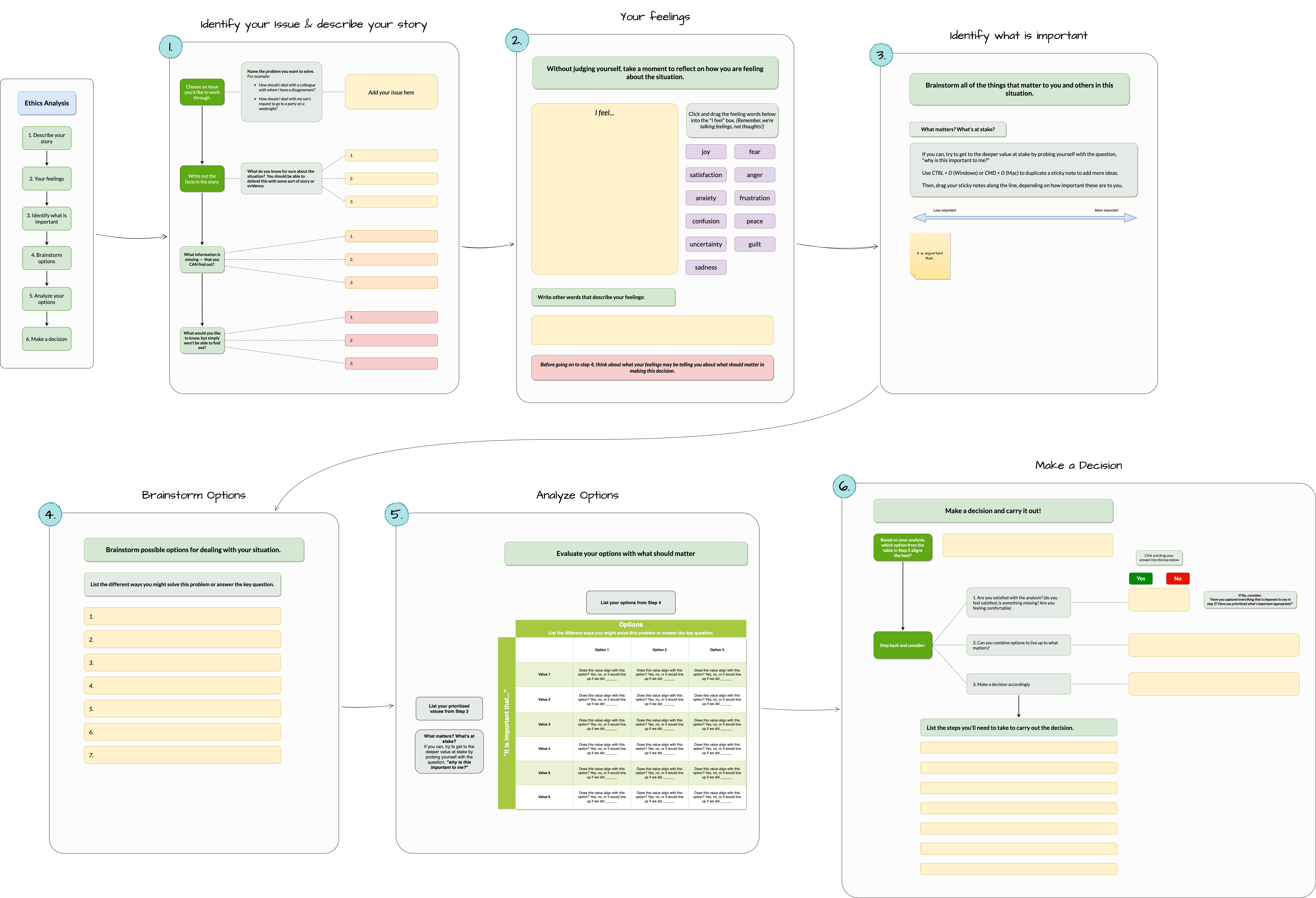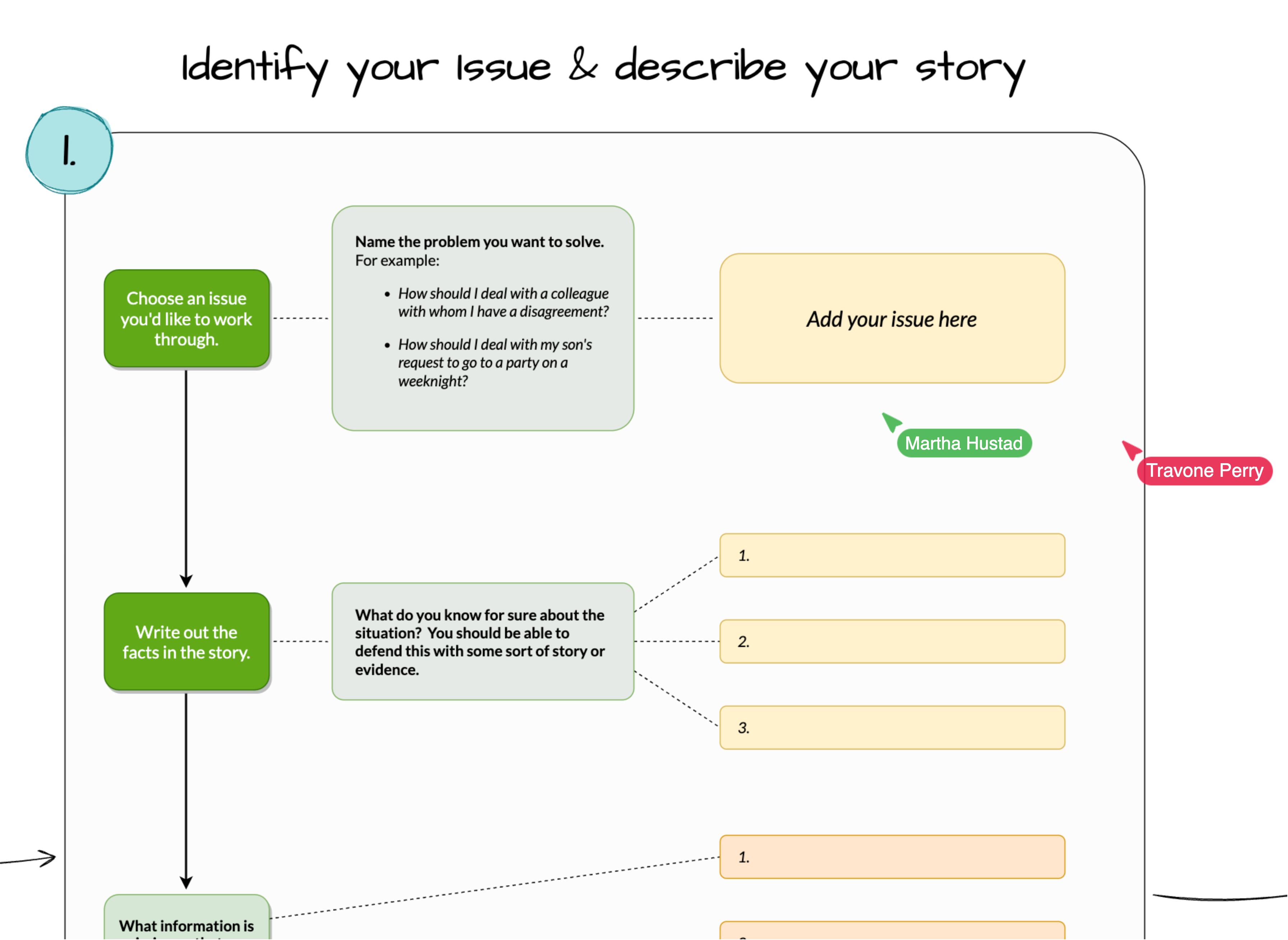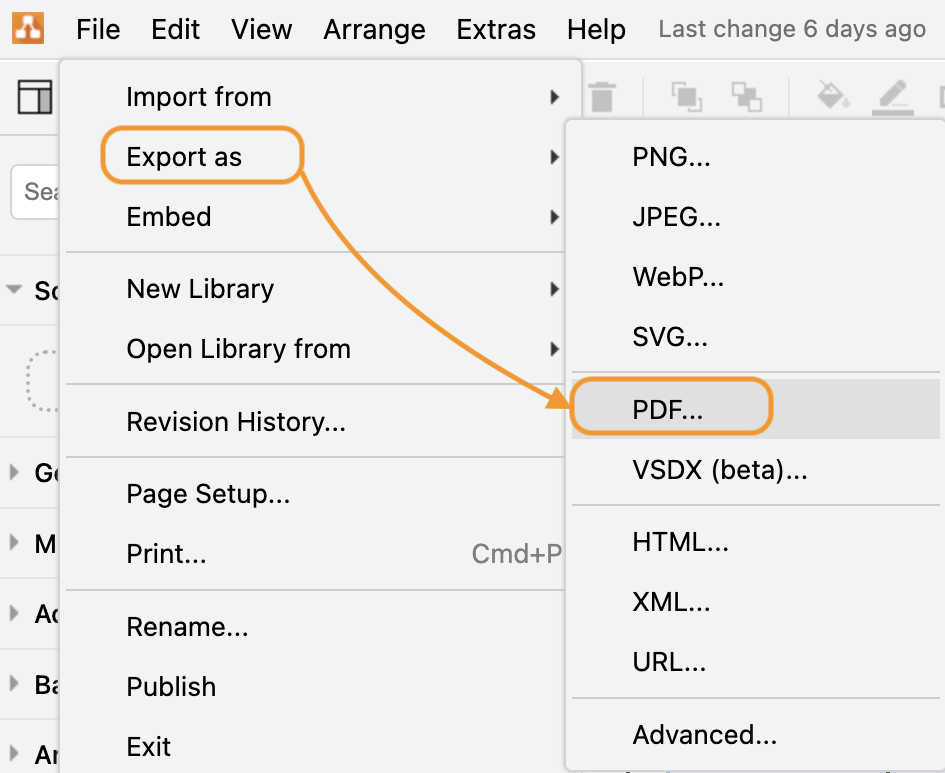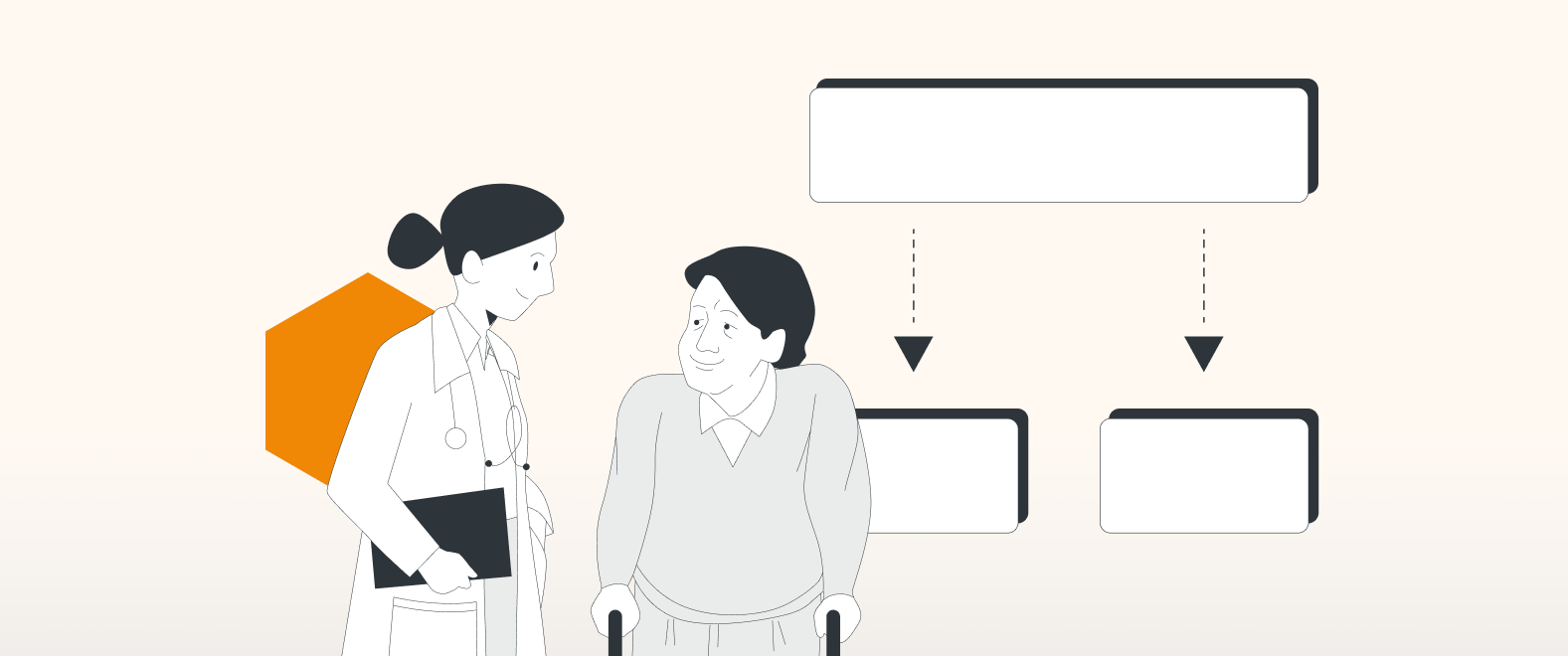Ethical decision-making impacts healthcare delivery at every level: from systems-level decisions, to helping patients and families make the right decision for their own care.
draw.io’s diagrams can assist in providing a visual structure for making ethical decisions; keep reading to find out more, and for a free “Ethical Decision Making” template designed to support Clinical Ethics.
What is ethical decision-making?
Ethical (or values-based) decision-making is not just about making the best decision for the most people. Each person is unique, and trying to force a “one-size-fits-all” solution may not respect what is important to an individual, or what their values are. These values can be informed by culture, religion, or personal feelings. Instead, a structured approach that involves relevant parties will result in a better outcome.
One of the biggest challenges of ethical decision-making is ensuring all involved parties feel their voice has been heard. A process that doesn’t include perspectives from relevant stakeholders will not be an ethical one.
Structure is very helpful in guiding these decisions. A repeatable, documented process makes life easier for the medical professionals involved, and also ensures that the process achieves a shared understanding amongst participants of the key question (what is the problem that is trying to be solved), and what is important (the values) to everyone involved.
The “values-based decisions” framework
Several models exist for helping teams resolve challenging ethical questions, but the “Values-Based Decisions” process by Bashir Jiwani, PhD., is utilized in a number of healthcare organizations and has proven to be effective.*
This step-by-step process seeks to first align all parties around the key question or questions needing to be resolved, then seeks to surface and weigh the values that are important to the key people involved, and only then does it turn to brainstorming options.
Once those options are analyzed against the key question, and the previously-shared values, a course of action will be planned. The strength of this process is the focus is put on collaboration, and shared values.
Using draw.io to make ethical decisions
As we’ve shown in the past, draw.io is a very helpful tool for visual brainstorming. By using draw.io inside of a tool like Confluence, we can leverage collaboration to help teams make ethical medical decisions.
We’ve developed a draw.io template that takes Dr. Jiwani’s process and puts it into our helpful diagramming product. The template serves to guide you and your teams through the decision-making process together.
Here’s how your team can make use of it:
1. Click on the Download Template button below. This will save to the XML file to the Downloads folder on your device.
2. In a new Confluence page, start typing “/draw” and select draw.io Board.
3. Drag and drop the downloaded XML file into the board editor.
4. Click Publish in the top right to save the diagram.

You can download the template here:

- Open Confluence.
- Open draw.io (blank whiteboard).
- Drag & drop your XML file into your blank drawing area.
- Use it as a custom template if you like.
Once you have made any further changes to the Confluence page the diagram template is embedded in, click on Update to save the page.
The template is now ready for you and your teammates to collaborate in Confluence, where you’ll benefit from:
Real-time collaboration
Invite your collaborators to a team meeting, in-person or online, to work on the diagram together. You will be able to discuss the answers for each step, and, depending on how you prefer to work, have one designated teammate record everyone’s ideas in the diagram, or assign a person to a specific section that they are responsible for filling in.
Additionally, collaborators can quickly add questions or raise comments during the collaborative process, either to be addressed in the meeting itself, or asynchronously.

Export your diagram to PDF
Once you’ve completed the process, you can export the diagram as an offline PDF to maintain a static version for your records. Remember that Confluence page permissions apply to draw.io diagrams too, preventing unintended users from accessing any completed diagram on a page.

Wrap-up
We thank Dr. Jiwani for graciously allowing us to share his process with our users. Is this template helpful for your team? Be sure to let us know, so we can pass the information on to him!
*The “Values-Based Decision” process is used with the expressed permission of Bashir Jiwani, PhD. Bashir is a globally recognized expert in the field of Clinical and Bioethics. To learn more about Bashir’s methodology, and how to apply his process at your own organization, please visit https://incorporatingethics.ca/ .
Want to dive deeper into the world of draw.io? Access our linktr.ee page to follow us on social media and learn how others use draw.io, as well as pick up some helpful tips and tricks.
Not using draw.io yet? Convince yourself and start your free 30-day trial today. Or book a free no-obligation demo with our customer success team to learn more about how draw.io can make life easier and more productive for you and everyone in (and outside of) your company!
Happy diagramming!
Last Updated on November 21, 2023 by Admin

